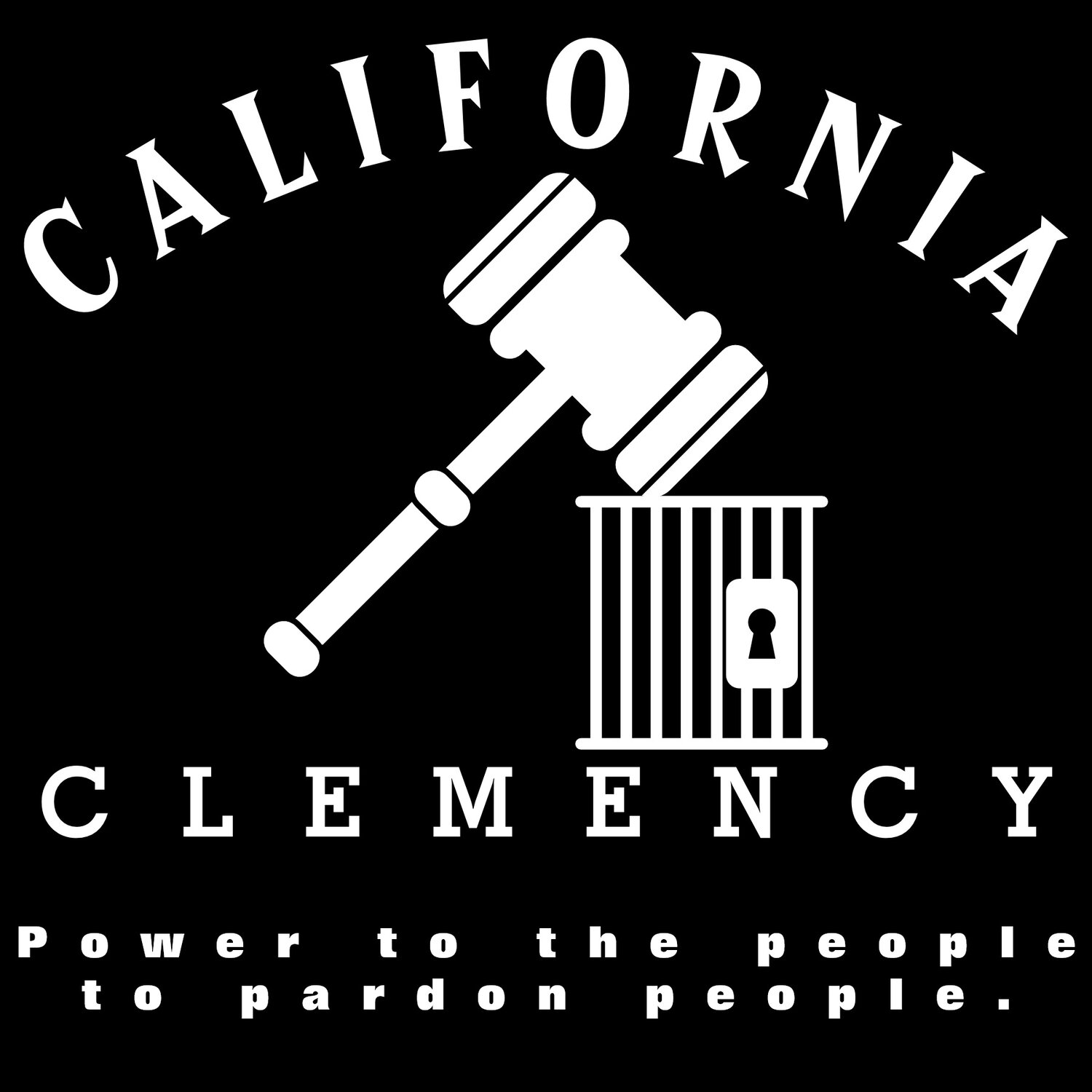I was watching the well-respected news magazine, “60 Minutes.” The episode was about California’s first version of its “Three Strikes Law,”; originally aired May 7, 2000.
At some point, journalist Steve Kroft, ask then-Governor Gray Davis to justify a 25-year-to-life sentence handed down to Steven Bell, who stole a bicycle, as his third strike. In my opinion, the governor failed in his attempt to justify such a harsh sentence. But my outrage gave birth to a solution to this kind of injustice.
California passed its first Three Strikes Law in 1994. But more than 3000 prisoners were caught up in this draconian law before the California voters amended it in 2012.
I love defending my belief; clemency is the most powerful tool in our justice system. But political and judicial forces currently control the power to grant clemency/pardon. In other words, in the wrong hands as I see it.
So, I did a little research on the subject, and soon discovered by reading California’s Constitution, a Constitutional Amendment could cause a change in the law, for this power. Therefore, I embarked on what I created and called “California Clemency Boards”… aka California Clemency.
My reasoning was, if an inmate could have taken his or her case to a clemency board for review, there would be a lot less of these draconian or unjust sentences. I, of course, designed this new clemency process with safety and respect for victims of crime in mind. But more importantly, I designed it to streamline the process to assist in the release of the innocent. Those wrongfully incarcerated are the top priority. But this new clemency process safely offers a comprehensive approach to prison reform by the powers of clemency.
I also acknowledge and applaud the recent strides and actions by our current governor, Gavin Newsom, to reform California’s prison system. But a lot more must be done to secure real prison reform.





